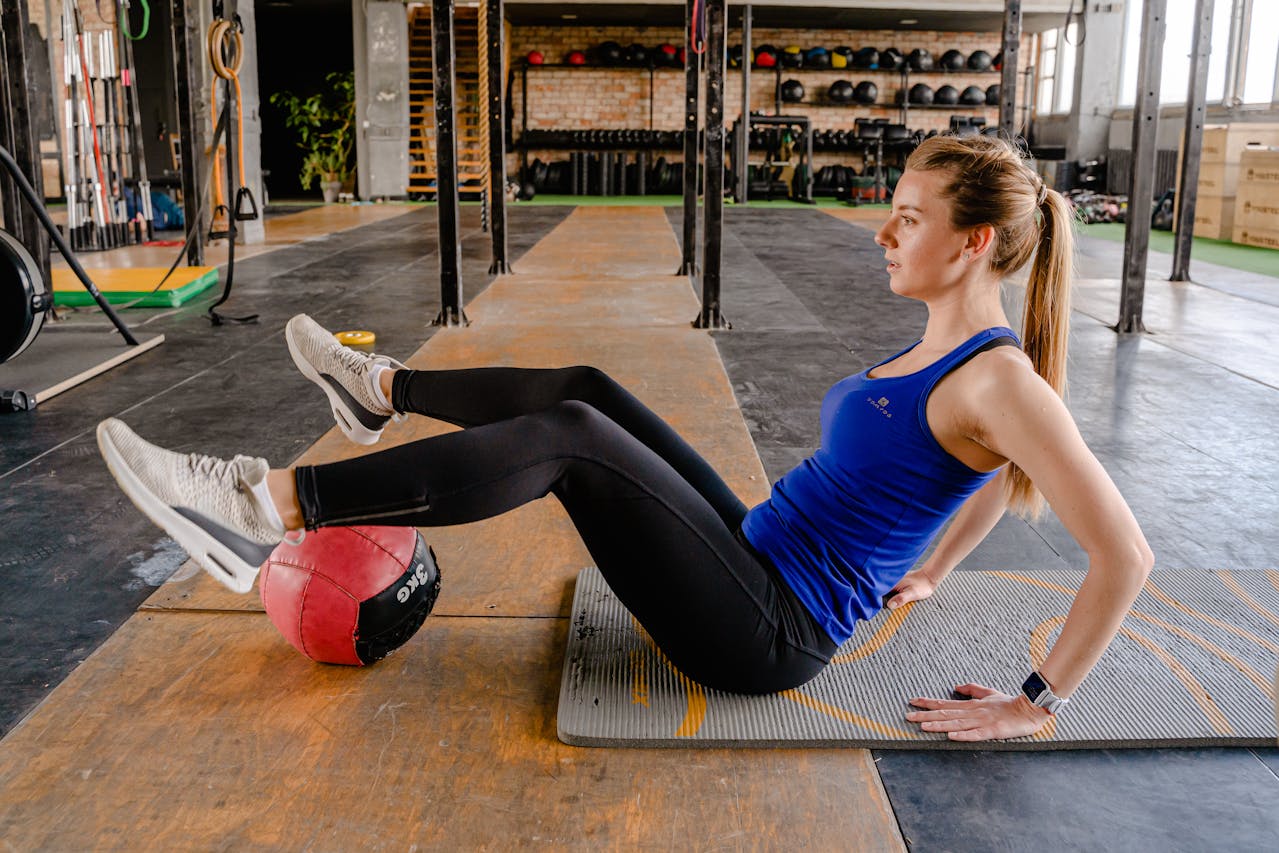Introduction
Every serious athlete or fitness enthusiast knows that recovery is as important as the workout itself. When you push your body through tough training sessions, your muscles experience microscopic tears that need time and nutrients to repair. Proper recovery helps build strength, improve performance, and reduce the risk of injury. Without it, progress slows down and fatigue sets in quickly.
Understanding how to recover efficiently ensures your effort in the gym pays off fully. Let’s explore the best science-backed recovery methods that help your body bounce back stronger and faster.
1. Prioritize Quality Sleep
Sleep is the foundation of fast recovery. During deep sleep, your body releases growth hormone, which aids muscle repair and regeneration. Aim for at least seven to nine hours of uninterrupted sleep every night. Keep your room cool, dark, and quiet to improve sleep quality.
Avoid caffeine and heavy meals close to bedtime. Consistent rest not only heals your muscles but also improves your focus and motivation for the next workout.
2. Stay Hydrated Throughout the Day
Water plays a key role in every recovery process. After an intense session, your body loses fluids through sweat, leading to dehydration and slower recovery. Replenish water and electrolytes immediately after exercising.
Adding natural sources like coconut water, watermelon, or a pinch of sea salt in water can restore lost minerals and maintain electrolyte balance. Proper hydration also keeps your joints lubricated and supports metabolic functions that aid healing.
3. Refuel with Balanced Post-Workout Nutrition
Nutrition drives recovery. After an intense workout, your muscles crave protein to rebuild tissue and carbohydrates to refill glycogen stores. A balanced meal or shake containing both is ideal within 30 to 60 minutes post-workout.
For example, a smoothie with banana, oats, and whey protein or a chicken breast with brown rice and vegetables provides the right nutrients. Avoid skipping meals as it slows down muscle repair and affects energy levels.
4. Stretch and Use Mobility Exercises
Light stretching after a workout improves flexibility and reduces muscle tightness. It increases blood flow, allowing nutrients and oxygen to reach tired muscles. Combine static stretching with mobility drills like hip circles or shoulder rolls to maintain healthy movement patterns.
Using a foam roller for self-myofascial release is another effective technique to ease soreness and improve recovery speed. Spend at least ten minutes targeting major muscle groups after training.
5. Incorporate Active Recovery Days
Rest days do not mean complete inactivity. Engaging in light physical activities like walking, swimming, or yoga promotes circulation without adding stress to your muscles. This approach, known as active recovery, helps flush out lactic acid and speeds up healing.
Even a short 20-minute walk can make a noticeable difference in how your body feels the next day. Balance is key — too much rest can cause stiffness while too little prevents full recovery.
6. Cold and Heat Therapy
Alternating between cold and heat therapy can significantly enhance recovery. Cold exposure such as ice baths or cold showers reduces inflammation and muscle swelling after intense training. Heat therapy, on the other hand, relaxes stiff muscles and improves blood flow.
If ice baths are not available, try a simple cold shower followed by a warm compress on sore areas. This contrast method stimulates circulation and speeds tissue repair naturally.
7. Massage and Bodywork
Regular massages help break down muscle knots and enhance lymphatic drainage. Sports massages, deep tissue sessions, or even using a massage gun can promote faster muscle recovery. The gentle pressure increases blood flow and releases built-up tension, making your next workout smoother.
You can also perform self-massage using a tennis ball or foam roller at home if professional therapy isn’t accessible.
8. Listen to Your Body
Recovery is personal and depends on how your body responds to training load, sleep, and stress. Pay attention to signals like lingering fatigue, joint pain, or lack of motivation — they may indicate overtraining. Taking an extra rest day or reducing intensity can prevent burnout and injuries.
Monitoring heart rate variability or keeping a workout journal helps you track patterns and adjust recovery plans effectively.
9. Manage Stress and Mental Fatigue
Physical recovery isn’t complete without mental relaxation. High stress levels can raise cortisol, which slows down muscle growth and weakens the immune system. Practice breathing exercises, meditation, or light stretching to calm your mind.
A balanced routine that nurtures both physical and mental health ensures steady progress in your fitness journey.
10. Use Supplements Wisely
While a nutrient-rich diet should cover most needs, certain supplements can support recovery. Protein powders, BCAAs, omega-3 fatty acids, and magnesium are among the most helpful. They reduce inflammation and enhance muscle repair.
Always choose quality products and consult a professional before adding new supplements to your regimen.
How to Implement This in Your Fitness Routine
-
Plan at least one rest day weekly.
-
Follow post-workout nutrition timing strictly.
-
Include light recovery activities after every two or three heavy sessions.
-
Track hydration and sleep hours for consistency.
Over time, these steps not only help your body recover faster but also improve performance and endurance.







